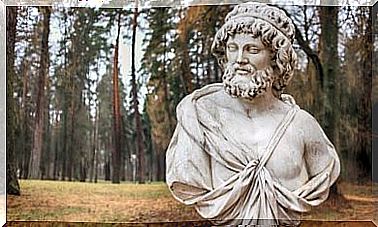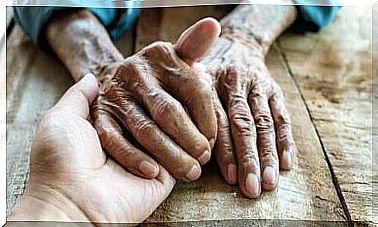Mahatma Gandhi: Biography Of The Leader Of Non-violence

The legacy of Mohandas K. Gandhi, better known as Mahatma (great soul), still lives on among us. It was that man who, from his humility, wanted to start a peaceful revolution to defend the civil rights of his country. He rose as a political and spiritual leader capable of inspiring not only an entire country like India, since his wake and non-violent disobedience conquered the whole world.
Every October 2 the day of non-violence is celebrated. It is that moment that we have throughout the year to reflect on what the leader of the Indian independence movement left us in the middle of the 20th century. Beyond his political and social objectives, what Gandhi offered for our contemporary history was a style of thought, a philosophy of life.
During his nearly three decades of peaceful activism, he did not just yearn to liberate his people from the British Raj. His goals were higher. He defended social justice, aspired to the transformation of economic structures and in turn laid the foundations of a more active ethic for the human being. He taught us that concord between religions could be possible between different peoples.
Gandhi: from naive lawyer to brilliant activist
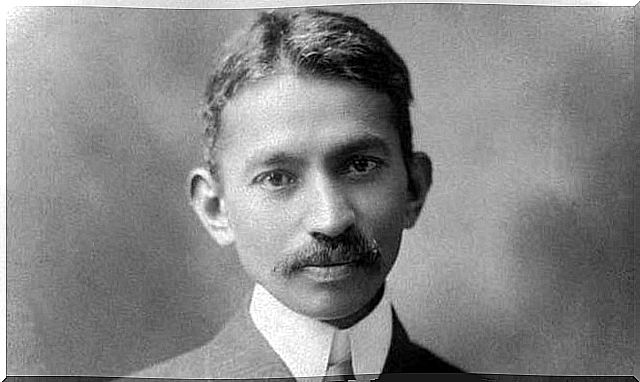
Mohandas K. Gandhi was born in Porbandar in 1869. He belonged to a distinguished caste of India in the late 19th century. His father, in fact, was Prime Minister of Gujarat, and his mother, belonging to the branch of Hinduism, was a woman distinguished for her tolerance and for the defense of peaceful coexistence between all religions.
He grew up in a privileged environment in every way, for economic well-being, harmony and for that spirituality that from very early on, was instilled in him in almost any sense. He was a vegetarian, fasted and was very committed to all the traditional knowledge of his culture.
However, his family chose him between his two older brothers, to improve his academic training. For this reason, he was sent to London in 1888 to study law. That stage of his life away from India, which lasted almost two decades, was crucial in the construction of his identity, social activism and philosophical conviction.
In England he had contact with the circle of theosophists, who initiated him in the Bahagavad Gita, the holy book of the Hindus, which decisively inspired him in their religious ideals and principles.
After obtaining his bachelor’s degree, the inexperienced lawyer went to South Africa, a divided and unstable country made up of multiple colonies ruled by the British and the Dutch. It was in this context that a decisive stage in his life began. The young lawyer suddenly became a staunch defender of equality and freedom.
It was in South Africa where these four characteristics that defined Mahatma Gandhi were born:
- Defender of freedom
- Social reformer.
- Defender of tolerance of all religions.
- Spiritual leader.
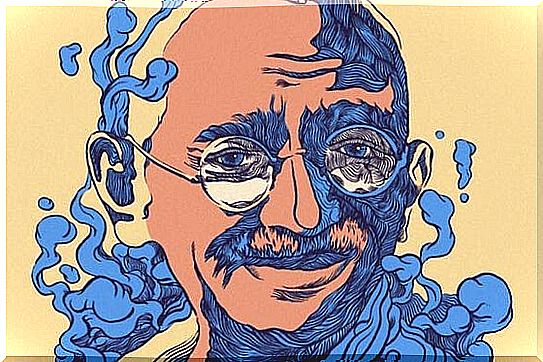
The struggle for the independence of India
When Gandhi returned to his country in 1915, things had gotten worse in India. A law was about to be voted to ban the suffrage of Hindus. It was at that moment that he began to apply the same social activism that he had already started in South Africa. He called his people to resistance and to Satyagraha (the creed of non-violence).
The world, in turn, brought the echoes of the First World War and he began to lay the foundations for a peaceful independence from India. To do this, he resorted to a tactical and intellectual approach that was as novel as it was inspiring for multiple generations. Mahatma Gandhi creates a farm in the city of Ahmedabad to gather his disciples.
He becomes a spiritual leader who inspires multiple communities. Little by little more peaceful settlements are being created, which in turn ignite the engines of a great revolution.
One effective strategy was to stop cotton production, a linchpin for the British textile industry. Then it would do the same with the British salt monopoly. Civil disobedience campaigns claimed thousands of lives and cost him and his people several years in jail. However, the goal was achieved: India’s independence as a British colony came on August 18, 1947.
Just a few months later, on January 30, 1948, Gandhi was assassinated by the Hindu extremist Nathuram V. Godse in the middle of a mob. He was 78 years old.
Gandhi’s guidelines on Satyagraha (creed of non-violence)
The Sa tyagraha was a word invented by Gandhi himself to represent his struggle, which was based on that firm resistance that should not resort to violence.
Thus, this humble man and firmly obstinate in turn to defend social rights (to the point of being nominated 5 times for the Nobel Peace Prize) insisted that life is indivisible and that as such, it is inconceivable that a person can cause any harm to another. Therefore, all active struggle for the good and the defense of the one who suffers, must be based on satyagraha , a dimension that included the following principles:
- Make use of the truth.
- Do not steal.
- Respect any religion.
- Believe in truth and non-violence and have faith in the intrinsic goodness of human nature
- A resistant civilian will not feel anger or hatred.
- He will withstand his opponent’s assaults, without backing down or feeling fear.
- He will agree to be arrested.
- The resistant will refuse to give up his properties.
- He will not retaliate or be vindictive.
- He will not make use of insults.
- A civilian resistant will not salute the UK flag, but he will not insult it either.
- If there is a fight, the resistant will protect the officers from attacks and insults.
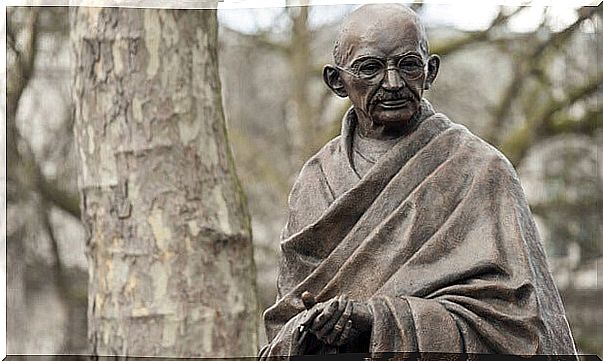
Conclusions on Gandhi’s work
Gandhi created an undeniable change in the thinking of the twentieth century. He left an inspiring trail, as Martin Luther King did in his day or Mandela himself years later. These types of legacies are undoubtedly a challenge for our present time, picking up the baton and learning from these figures is something we should all reflect on to improve the course of our civilization.





